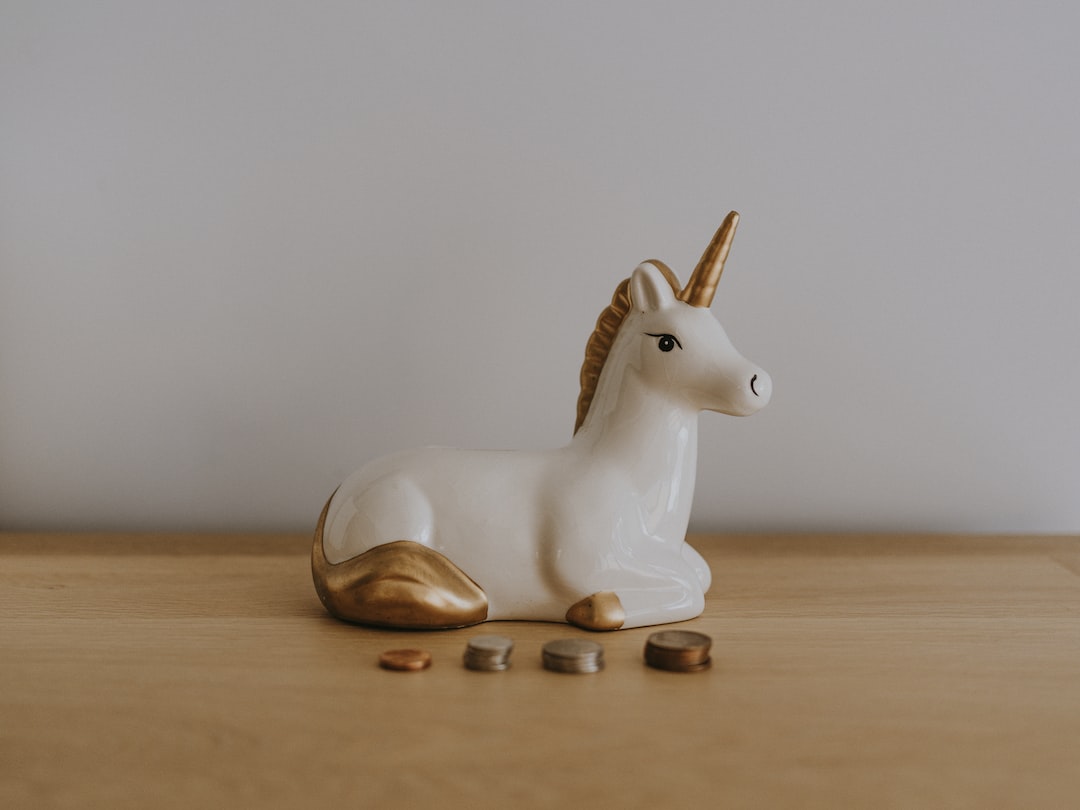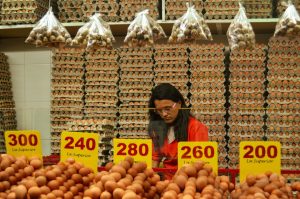Forex is the world’s largest financial market, with an average daily turnover of over $5 trillion. It is a global decentralized market where currencies are traded 24 hours a day, 5 days a week. Forex trading involves buying and selling currencies with the aim of making a profit from the difference in exchange rates.
One of the strategies used by Forex traders is the “bounce” strategy. This strategy involves identifying a support or resistance level where the price of a currency pair has bounced off in the past, and then waiting for the price to bounce off that level again. Traders then enter a trade in the direction of the bounce, with the aim of making a profit from the subsequent movement of the price.
The question of how often a 2nd bounce happens is an important one for Forex traders using this strategy. The answer, however, is not straightforward as there are several factors that can influence the frequency of 2nd bounces.
One of the key factors is the timeframe used by the trader. Different timeframes can produce different results, as the price movements can vary depending on the duration of the chart. For example, a trader using a daily chart may see fewer 2nd bounces than a trader using a 4-hour chart, as the latter timeframe captures more price movements.
Another factor that can influence the frequency of 2nd bounces is the volatility of the market. When the market is volatile, price movements can be more erratic, and it may be more difficult to identify support and resistance levels. In such cases, the frequency of 2nd bounces may be lower, as traders may be less confident in their analysis.
The strength of the support or resistance level is also a factor that can influence the frequency of 2nd bounces. If the level is strong, meaning that it has been tested multiple times in the past, there is a higher likelihood that the price will bounce off it again. On the other hand, if the level is weak, meaning that it has only been tested once or twice, there may be a lower probability of a 2nd bounce.
Lastly, the frequency of 2nd bounces can also be influenced by the overall trend of the market. If the market is trending strongly in one direction, traders may be more likely to enter trades in the direction of the trend, rather than waiting for a 2nd bounce. In such cases, the frequency of 2nd bounces may be lower.
In conclusion, the frequency of 2nd bounces in Forex trading depends on several factors, including the timeframe used, the volatility of the market, the strength of the support or resistance level, and the overall trend of the market. Traders should take these factors into account when using the bounce strategy, and adjust their approach accordingly. While there is no set frequency for 2nd bounces, traders who are patient and diligent in their analysis can increase their chances of success.





